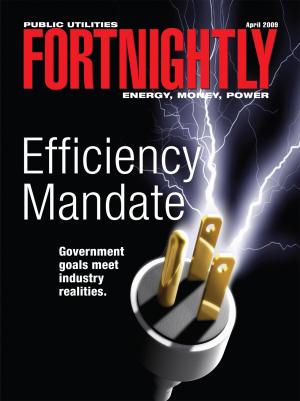Renewable mandates will shift power to FERC but pose problems for RTOs.
Bruce W. Radford is publisher of Public Utilities Fortnightly.
A recent survey conducted by the U.S Office of Personnel Management and reported by the Washington Post on March 13 ranked the Federal Energy Regulatory Commission as eighth best of some 37 federal agencies in terms “talent,” and third in “leadership and knowledge.”

Those skills were never so evident as when acting FERC chairman Jon Wellinghoff trooped up to Capitol Hill on March 12, to testify before the Senate Committee on Energy and Natural Resources regarding a new legislative proposal, known as the Clean Renewable Energy and Economic Development Act (S. 539), introduced March 5 by Senator Harry Reid (D- Nev.).
Wellinghoff gave a boffo performance on Capitol Hill, revealing himself to be an unabashed promoter both of renewable energy and of FERC’s ability to make it a reality. He more than held his own in debating with the committee’s more conservative Republican senators.
On the bill’s fundamental purpose—to expand the electric transmission network to boost development of wind, solar, and geothermal power—Wellinghoff assured the Senate committee that yes, his agency is perfectly capable, if called upon, to take over from the states and the regional system operators virtually all essential tasks of orchestrating construction of a massive green-grid expansion, if the new Congress, as expected, enacts a 20-percent federal renewable portfolio standard (RPS).

